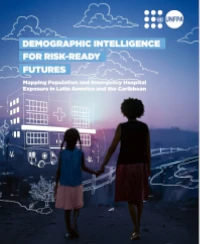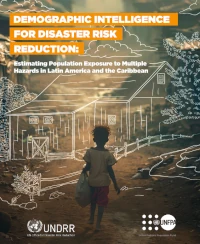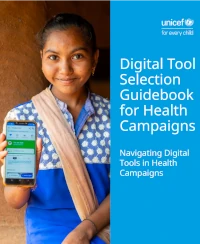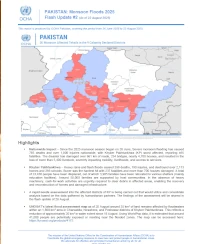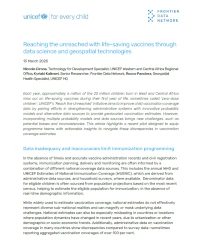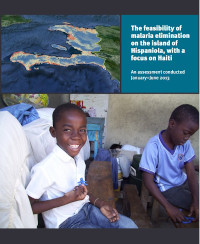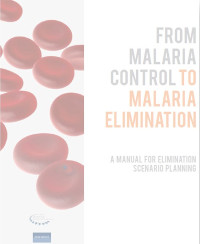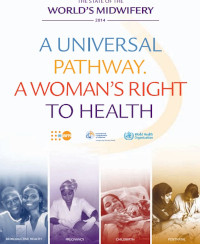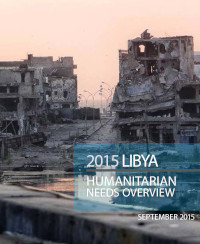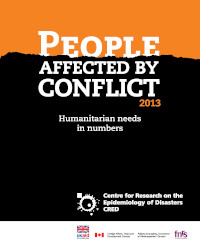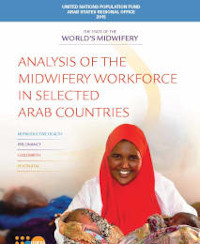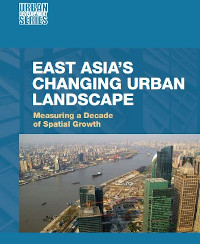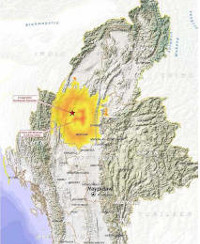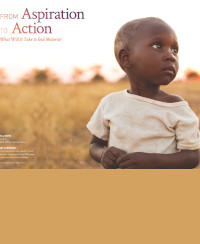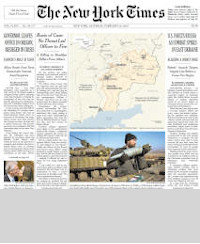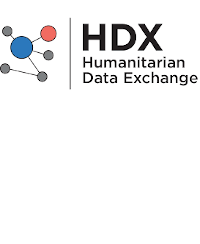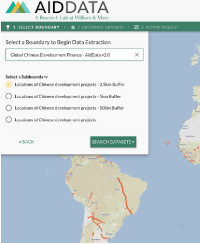WorldPop works to ensure that every person is mapped and counted in decision making.
Governments across the world rely on subnational scale data on population distributions and characteristics to plan and monitor progress towards development goals. Traditional data sources, however, are often outdated and not detailed enough for targeted interventions. With a global population growing by over 80 million a year, and 35-40 million migrating every 5 years, keeping track of people can be a tricky proposition, particularly for low- and middle-income countries that have fewer resources, are afflicted by conflict, or have to work in challenging terrain. WorldPop is based at the University of Southampton and maps populations across the globe. Since 2013, we have partnered with governments, UN agencies and donors to produce almost 45,000 datasets, complementing traditional population sources with dynamic, high-resolution data for mapping human population distributions, with the ultimate goal of ensuring that everyone, everywhere is counted in decision making.

The global human population is growing by over 80 million a year, and is projected to reach the 10 billion mark within 50 years.
The vast majority of this growth is expected to be concentrated in low income countries, and primarily in urban areas. The effects of such rapid growth are well documented, with the economies, environment and health of nations, amongst others, all undergoing significant change. High resolution, contemporary data on human population distributions and their compositions are a prerequisite for the accurate measurement of the impacts of population growth, for monitoring changes and for planning interventions. WorldPop was initiated in 2013 to unite the continent-focussed AfriPop, AsiaPop and AmeriPop projects, with an aim of producing detailed and freely-available population distribution and composition maps for the whole of Central and South America, Africa and Asia.
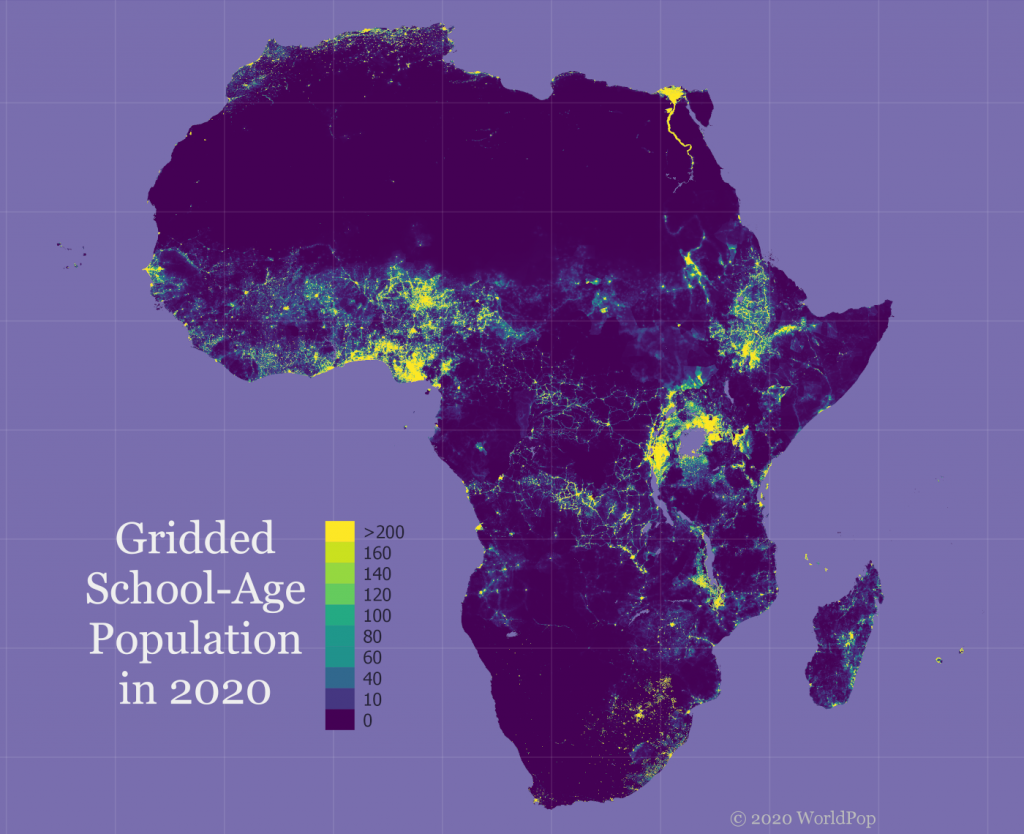
Spatial demographics
Spatial databases of human population have found use in disease burden estimation, epidemic modelling, resource allocation, disaster management, accessibility modelling, transport and city planning, poverty mapping and environmental impact assessment amongst others. Whilst high-income countries often have extensive mapping resources and expertise at their disposal to create such databases, across the low income regions of the world, relevant data are either lacking or are of poor quality. The scarcity of mapping resources, lack of reliable validation data and difficulty in obtaining high resolution contemporary census statistics remain major obstacles to settlement and population mapping across the low income regions of the World.
WorldPop mapping
Mapping Populations to better support people
WorldPop produces estimates of populations with age/sex breakdowns for each 100m x 100m grid square on the planet. These function as default, open access datasets for UN agencies planning humanitarian and development interventions, and help governments fill census gaps.
Mapping healthcare coverage to target interventions
Globally, almost 10 million children remain completely unvaccinated, accounting for nearly half of all vaccine-preventable deaths. WorldPop provides maps that allow health organisations and governments to better target their vaccination drives.
Mapping population movements for health
There are an estimated 281 million international migrants globally. A better understanding of population movements enables cost-effective targeting of health policies to vulnerable groups and interventions to curb the spread of disease, including Covid-19.
Developing solutions together
Equally important is the work done to strengthen the capacity of national statistical institutions, run co-development projects, and provide open data tools for spatial demography. This puts the power of population data into the hands of researchers and policymakers for the greater good.
Open data and feedback
The approaches used in WorldPop dataset production are designed with full open access and operational application in mind, using transparent, documented and shareable methods to produce easily updatable maps with accompanying metadata. Given the speed with which population growth and urbanisation are occurring across much of the low income world, and the impacts these are having on the economies, environments and health of nations, such features are a necessity for both research and operational applications. WorldPop datasets are certainly not perfect, and rely on the support of users to provide feedback to iteratively improve outputs. Users are actively invited to highlight errors and provide suggestions on alternative data that can aid in improving outputs.
Wide usage
WorldPop provides the default subnational population data for all UN agencies, the data that feeds into the DHIS2 health information software used by more than 70 ministries of health covering 2.4 billion people, and the basis for UN estimates of populations affected by disasters and conflicts. The data are also the demographic basis for many health applications, including active use by governments for childhood vaccine delivery, and the Imperial College London and University of Washington COVID-19 models that prompted UK and US national lockdowns. The group designs and runs training and knowledge exchange activities for multiple governments and international organizations and is focused on capacity strengthening and co-development of outputs to build sustainable uptake, use and ownership. WorldPop is a founding member and core partner of the GRID3 program (grid3.org) and is the global geospatial data analysis centre for Countdown to 2030 (countdown2030.org) . The group has long term agreements in place with UNICEF, UNFPA, IOM and FAO, and regularly supports the activities of OCHA, WHO, WFP and the World Bank. Moreover, active data access agreements are in place with Google, Meta, Vodafone and Planet, and partnerships have been established around geospatial data with, among others, ESRI, the German Space Agency, UK Office for National Statistics and the Joint Research Centre of the European Commission.

